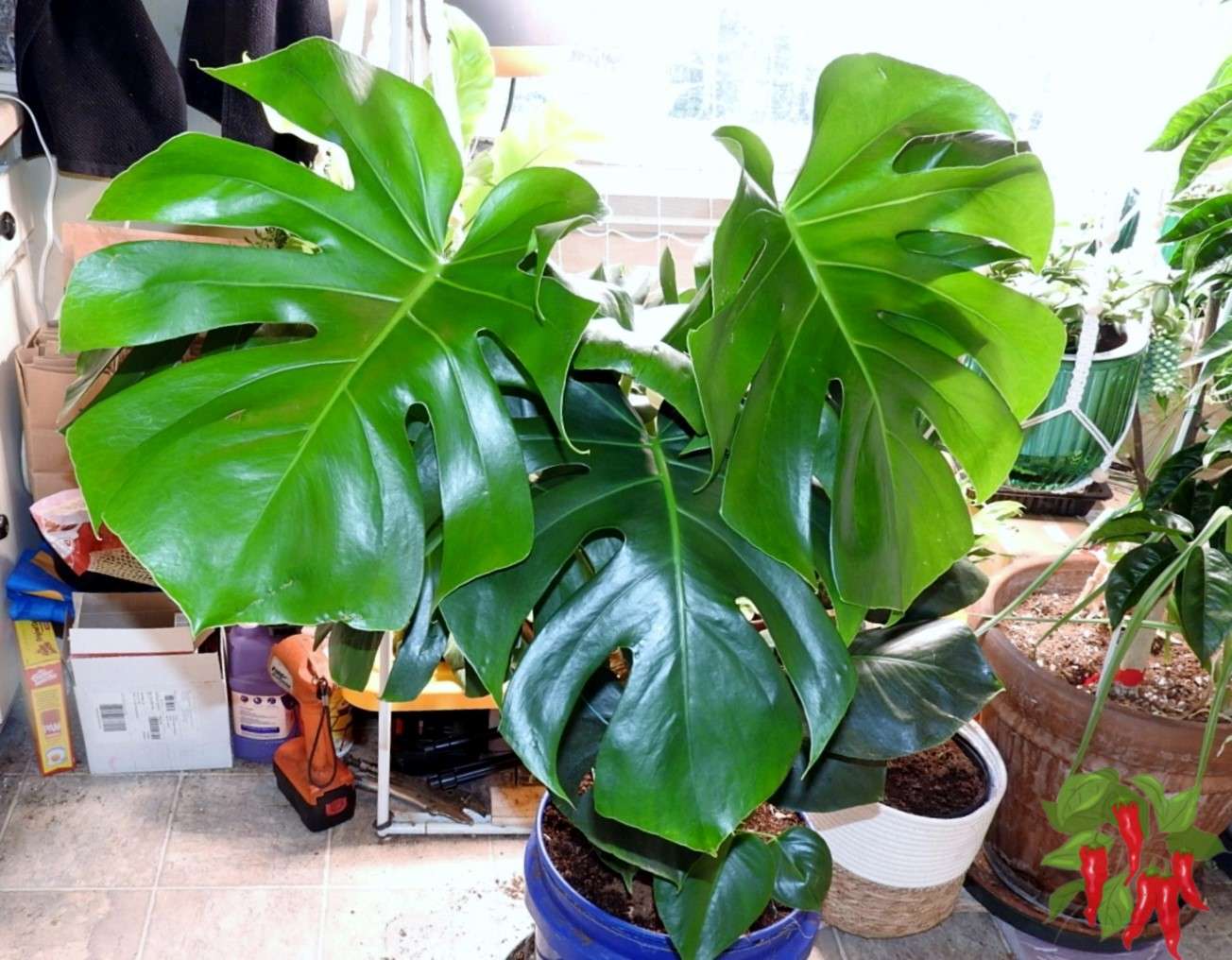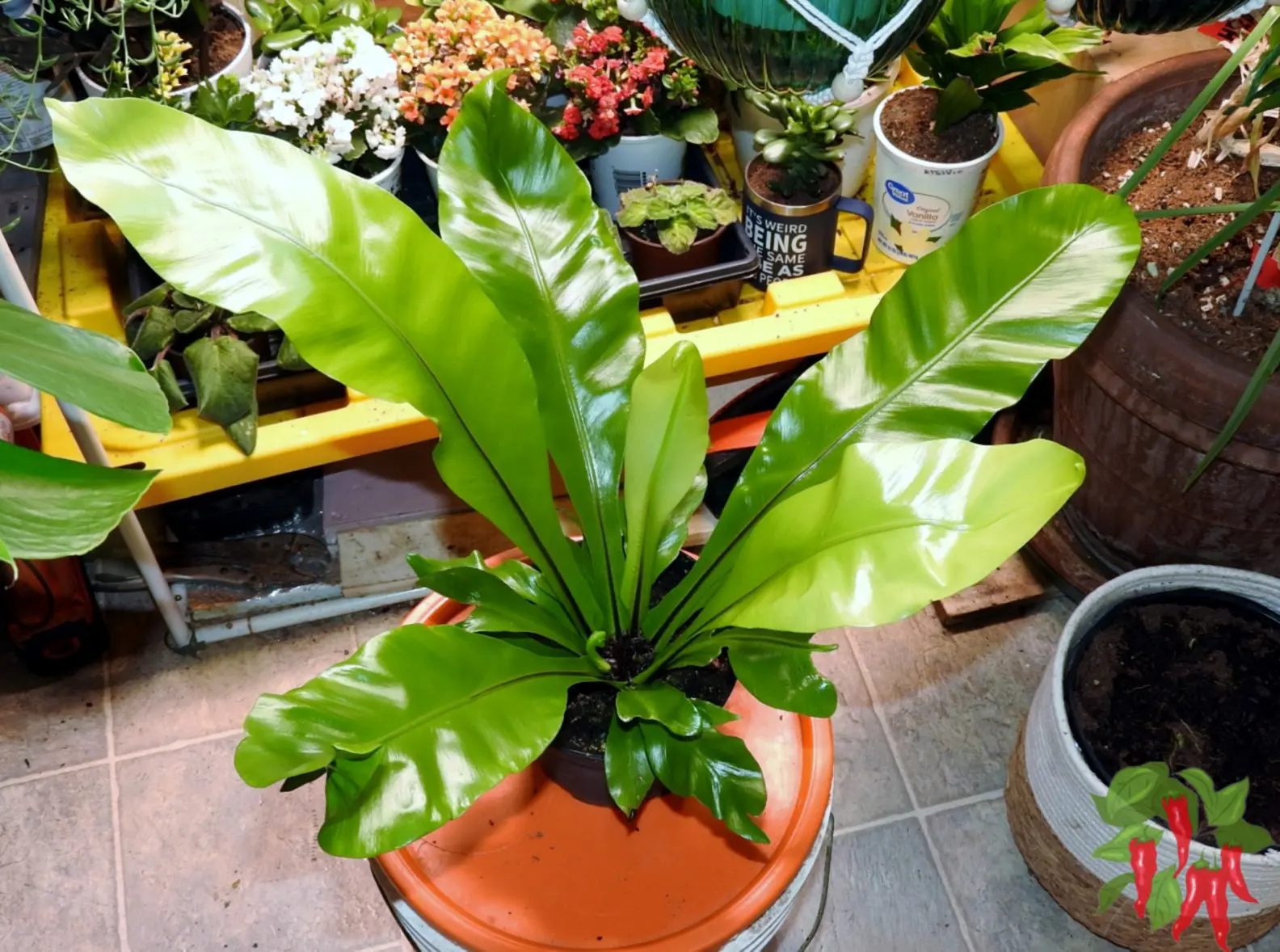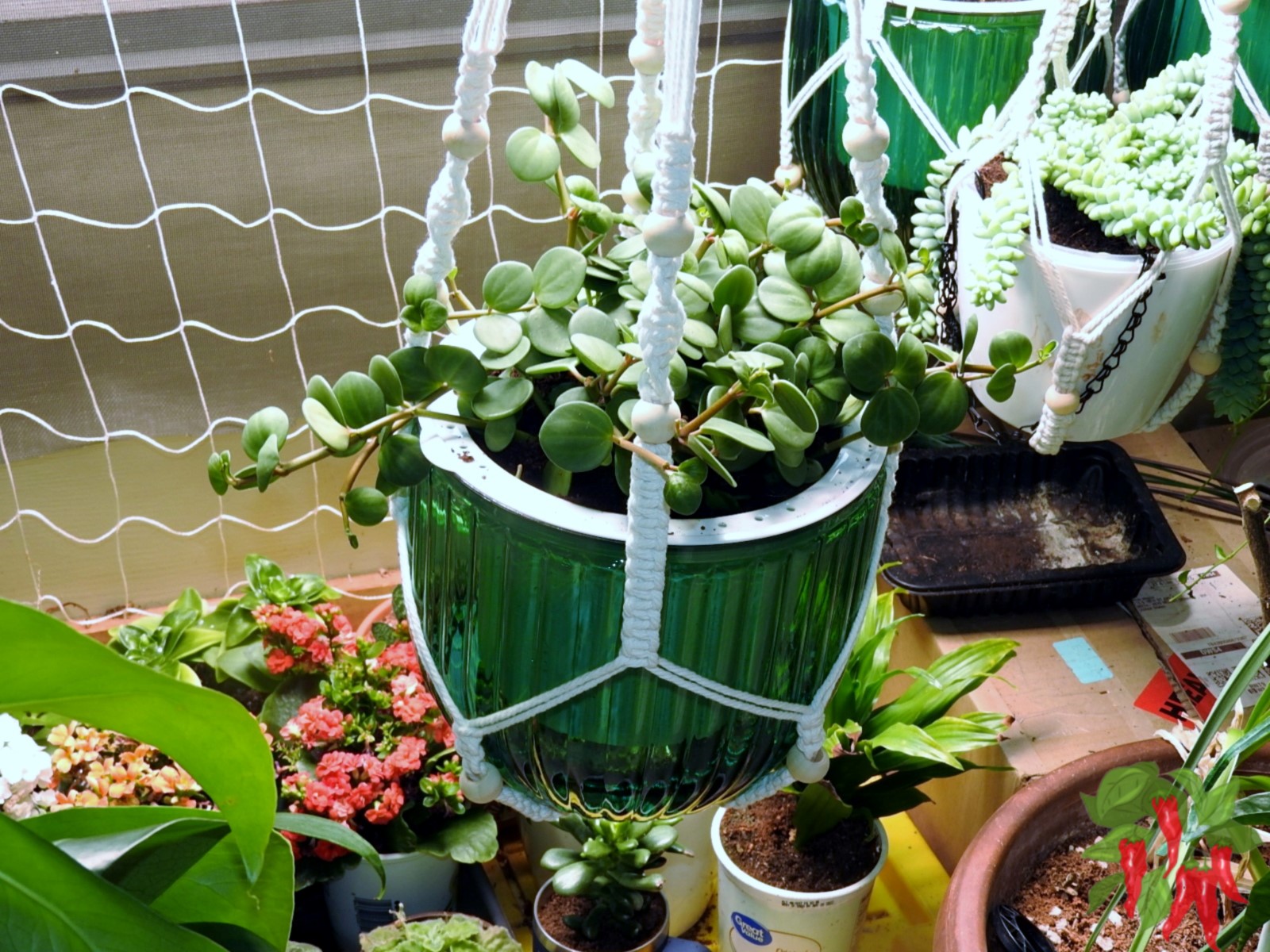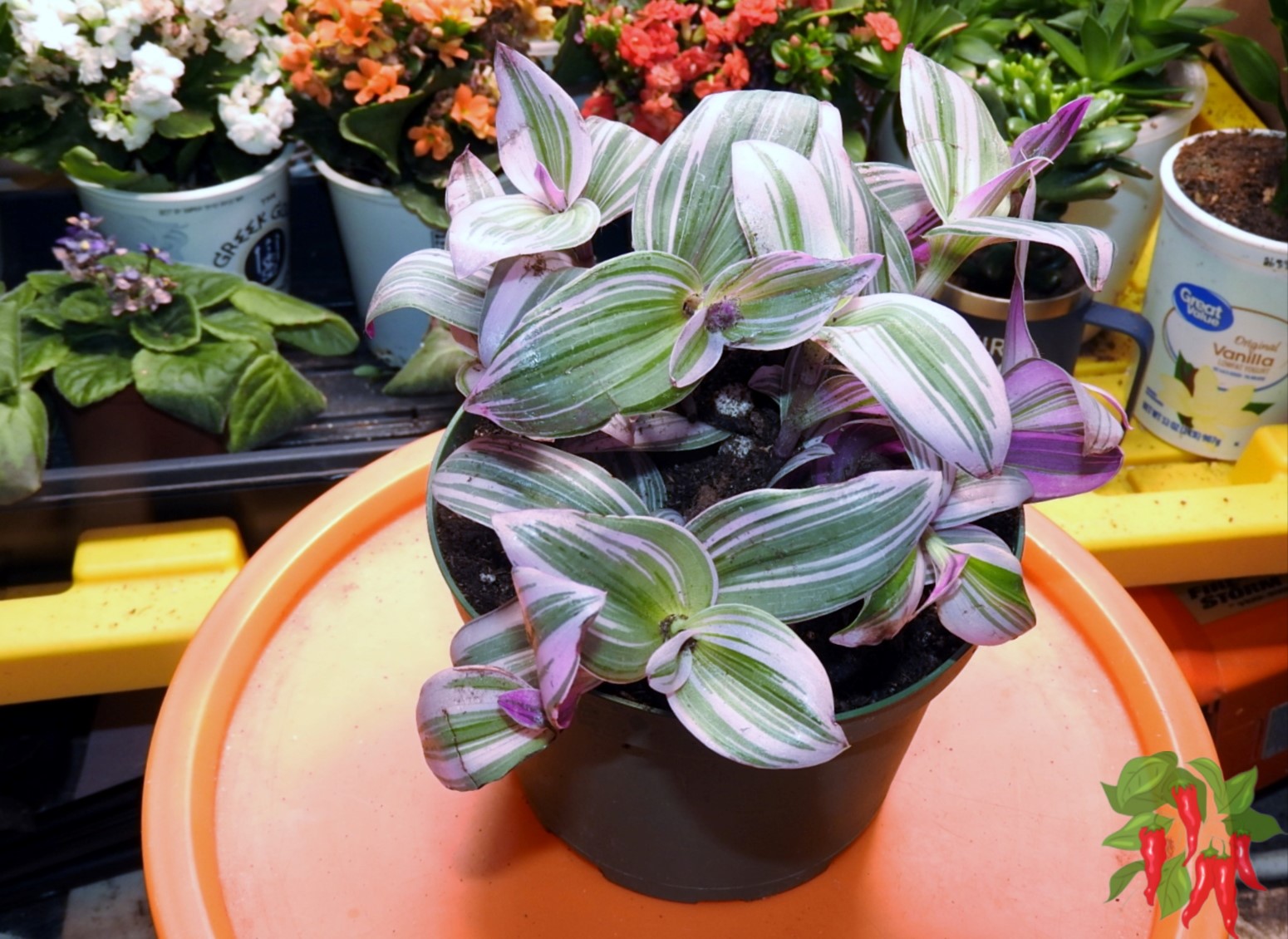
🎥 Sarracenia Judith Hindle Video: A Gardener’s Voice
I like to keep things simple and honest, so here’s a bit from my own notes while unboxing and setting up this hybrid:
“Howdy, everyone. Got some new carnivorous plants here… this one’s already pushing out a new pitcher, which is pretty cool. I’ve got them under grow lights, because indoors you’ve got to bring the sun inside. Outside they eat bugs on their own, but indoors I feed mine fish flakes or pellets. Keep those roots wet, give them the right light, and they’ll thrive.”
👏 Sarracenia Judith Hindle Pitcher Plant
👀 An Introduction: Meet This Carnivorous Beauty
If you’re into carnivorous plants, the Sarracenia Judith Hindle Pitcher Plant is one that deserves a spot in your collection.
This hybrid has been around since the mid-80s and quickly became a favorite among growers for good reason.
It’s compact, colorful, and puts out pitchers that look like living works of art.
When my order arrived, I was expecting one plant and ended up with two. No complaints there.
One of them was already pushing up a fresh new pitcher, which is always a good sign after shipping.
The colors weren’t at their best right out of the box. They never are, but give them time under strong light and they’ll develop those deep reds and maroons with the speckled, ruffled lids that make Judith Hindle so striking.
I’ve got one of mine going into a terrarium setup indoors, even though most folks will tell you these are tricky inside because they need a winter dormancy.
I’m not afraid to experiment. If it comes down to it, I’ll put them in the fridge for a couple of months to simulate winter.
The other one is headed outside, where I know they’ll be happy in full sun and wet feet.
For me, that’s half the fun of growing Sarracenia, trying different setups, indoors and out, and seeing how they respond.
After more than 20 years of growing carnivorous plants, I can tell you this: as long as you keep them wet, give them bright light, and don’t skimp on that dormancy, Judith Hindle will reward you with pitchers season after season.
Botanical Background 🌿
The Sarracenia Judith Hindle isn’t something you’ll stumble across in the wild. It’s a man-made hybrid that’s been around since 1985, bred in England. The cross is pretty interesting:
- Parents: (Sarracenia purpurea × S. flava) × S. leucophylla
- In plain terms, you’ve got the squat, tough purpurea, the tall and bold flava, and the showy, ruffled leucophylla all mixed together. The result? A plant that’s colorful, compact, and reliable.
Here’s what you can expect when it’s happy:
- Appearance: Upright, fluted pitchers that start green and blush into shades of red, burgundy, and maroon. The hoods get that speckled, patterned look that Judith Hindle is known for.
- Size: Usually tops out around 12–18 inches, though in great conditions outdoors it can push closer to 24.
- Growth habit: Kicks out strong pitchers in spring and summer, and if you’ve got a well-established clump, it’ll keep producing through the season. Over time, the rhizome spreads, and you’ll see new growth points you can divide during dormancy.
What I like about this hybrid is that it’s dependable. Some Sarracenia can be fussy or lanky, but Judith Hindle has a nice, uniform look.
It’s one of those plants that always seems ready for a photo, even when it’s just waking up after dormancy.
Sarracenia Judith Hindle Pitcher Plant
Today we’re taking a close look at the Sarracenia Judith Hindle Pitcher Plant, a stunning carnivorous hybrid with vibrant colors and fascinating bug-eating pitchers.
I’ll share care tips, setup ideas, and my own experience growing this beautiful plant indoors and out.

Sarracenia Care Guide & Tips 🌱🪰
☀️ Light
These plants don’t mess around when it comes to light.
- Sarracenia Judith Hindle is used to full, blazing sun all day long in the wild.
- Indoors? A cheap grow bulb won’t cut it. You’ll want a strong LED grow light if you want those colors to pop.
- Less light = greener pitchers. More light = that deep red with the fancy speckled lids.
🪴 Soil / Media
Forget regular potting soil — that stuff will kill them.
- The standard mix is peat moss + perlite or sand.
- I’ve been using coco coir instead of peat, and honestly, it works great. Coir is a little more neutral while peat is more acidic, but these plants adapt.
- The key is low-nutrient media. No compost, no fertilizer in the mix.
💧 Water
Sarracenia like their roots constantly wet, but not in gunky tap water.
- I’m lucky — my tap water comes out at ~30 ppm, which is clean enough.
- If your tap water is higher, don’t risk it. Use rainwater, distilled, or reverse osmosis water.
- Keep them sitting in a tray of water, about an inch or two deep. Think bog conditions, not houseplant conditions.
🍽 Feeding
Outdoors, they’ll feed themselves. Indoors, you’ve got to give them a little help.
- You don’t need to go bug-hunting — I use fish flakes or small fish pellets and drop them into the pitchers.
- If you want to get fancy, you can order wingless fruit flies or crickets, but it’s not necessary.
- Whatever you do, don’t fertilize the soil. That’ll burn the roots and kill the plant.
❄️ Dormancy
This is the part a lot of folks struggle with indoors.
- Sarracenia need a winter dormancy to reset.
- If you’re growing outside, nature handles it.
- Indoors? You can simulate it by sticking the plant in the fridge for a couple months.
- I’ve done it both ways — in a terrarium for growth, then refrigerator dormancy when needed.
🔄 Repotting & Division
- As the rhizome grows, the plant will send out new growth points.
- You can split those clumps during dormancy to make new plants.
- Repot every year or two to refresh the media and give the roots space.
Sarracenia Judith Hindle Pitcher Plant Care Reference Guide
| Characteristic | Details |
|---|---|
| Common Name | Judith Hindle Pitcher Plant |
| Botanical Name | Sarracenia ‘Judith Hindle’ |
| Native Habitat | Cultivar; hybrid of North American pitcher plants (S. purpurea × S. flava) × S. leucophylla |
| Plant Type | Carnivorous perennial |
| Growth Pattern | Upright, clumping from rhizomes; produces colorful tubular pitchers |
| Mature Size | 12–24 inches tall; spreads by rhizome division |
| Watering | Keep roots constantly wet; use rain, distilled, or RO water; avoid tap water with high minerals |
| Light/Sun Exposure | Full sun outdoors; strong LED grow light indoors |
| Soil Type | Nutrient-poor mix: peat + perlite/sand, or coco coir alternative |
| Soil pH | Acidic (4.0–5.5) |
| Temperature | Prefers mild summers (60–85°F); tolerates winter dormancy near freezing |
| Humidity | Moderate to high; thrives in boggy, moist air conditions |
| Bloom Time & Flower Color | Spring; pendulous reddish-purple flowers |
| Potential Problems | Root rot in poor drainage; mineral burn from tap water; weak growth without dormancy or light |
| Repotting | Every 1–2 years in fresh media; divide rhizomes during dormancy |
| Hardiness Zones (USDA) | Zone 6–9 outdoors; can be grown indoors with artificial dormancy |
Judith Hindle Pitcher Plant FAQs ❓🌱
I get a lot of questions about growing Sarracenia, especially this hybrid. Some things are universal to the whole genus, and some quirks are specific to Judith Hindle.
Here’s a rundown of the most common ones, answered from my own experience and what’s worked over the years.
Q. How tall does Sarracenia Judith Hindle get?
A. On average, the pitchers top out around 12–18 inches. Mature clumps with good light and care can hit close to 24 inches, but indoors you’ll usually see them in that one-foot range.
Q. Can it be grown indoors?
A. Yes, but you’ll need to bring the sun inside. That means a strong LED grow light and a plan for winter dormancy. A terrarium can work, but you’ve got to keep it bright and wet.
Q. What soil mix should I use?
A. Stick to low-nutrient bog mixes. Classic is peat + perlite or sand. I’ve been running coco coir with success, and the plants don’t seem to mind. Just no fertilizer, no compost, nothing “rich.”
Q. How often should I water?
A. Always keep the tray topped up. About an inch or two of water in the saucer is perfect. Use rainwater, distilled, or RO if your tap water is high in minerals. Mine comes out clean at 30 ppm, so I get away with using it.
Q. Do I need to feed them?
A. Outdoors they’ll catch plenty of bugs on their own. Indoors I drop in fish flakes or pellets once in a while. You don’t need much—just enough to keep the pitchers active. Never fertilize the soil.
Q. What about winter care?
A. They need a rest period every year. Outside, the cold triggers it naturally. Indoors, you’ve got to fake it—two months in the fridge or an unheated garage does the job. Without dormancy, they’ll eventually weaken and die.
Q. How do I propagate or divide it?
A. Easy—wait until dormancy. Pull the clump from the pot, snap or cut the rhizome into pieces with growth points, and pot them up separately. Each one becomes a new plant.
🌿Sarracenia Judith Hindle Pitcher Plant Conclusion
The Sarracenia Judith Hindle Pitcher Plant is one of those hybrids that earns a permanent spot in a carnivorous plant collection.
It’s colorful, compact, and tough enough that once you dial in the basics like light, water, soil, and dormancy, it’ll reward you with pitchers season after season.
Whether you’re experimenting indoors under LEDs or letting it thrive in a bog pot outside, it’s a plant that keeps things interesting.
I got these Judith Hindle plants from Sarracenia Northwest. BTW this is not an affiliate link. They have a great selection and are very good at packing plants for shipping, so I recommend them as a source for your carnivorous plants.
Sarracenia Judith Hindle Takeaways ✍️
- Light: Full sun outdoors or a strong LED grow light indoors.
- Soil: Low-nutrient mix (peat + perlite/sand) or coco coir as an alternative.
- Water: Pure water only—rain, RO, or distilled. Keep the tray filled.
- Feeding: Outdoors, they feed themselves. Indoors, fish flakes or pellets work fine.
- Dormancy: Needs a cold rest every winter. Outdoors it happens naturally, indoors you can fridge it.
- Propagation: Divide the rhizome during dormancy for more plants.
A Word of Encouragement 🌟
Growing carnivorous plants isn’t always straightforward, but that’s half the fun.
Don’t worry if your first setup isn’t perfect. These plants are tougher than they look.
If you can keep the roots wet, give them real light, and respect their dormancy cycle, you’re already ahead of the curve.
Every season you’ll learn a little more, and before long you’ll have a thriving collection that looks like it came straight out of a botanical garden.
So go for it, set up that terrarium, experiment with lighting, or stick a pot on the patio. Judith Hindle will reward you with color, character, and some pretty fascinating bug-eating action.
Carnivorous Plants
Carnivorous plants are plants that derive some or most of their nutrients from trapping and consuming animals or protozoans, typically insects and other arthropods, and occasionally small mammals and birds. They have adapted to grow in waterlogged sunny places where the soil is thin or poor in nutrients, especially nitrogen, such as acidic bogs. They can be found on all continents except Antarctica, as well as many Pacific islands. In 1875, Charles Darwin published Insectivorous Plants, the first treatise to recognize the significance of carnivory in plants, describing years of painstaking research. https://en.wikipedia.org/wiki/Carnivorous_plant
🪰 Carnivorous Plants Care Guides
- 📘 Carnivorous Plant Care (Pillar Guide)
- 🌿 How to Grow Sundews Indoors
- 🪴 Cephalotus Follicularis Care
- 🌱 How to Propagate Carnivorous Plants
- 🪰 How to Grow Venus Flytrap
- 🌸 Growing Butterworts Indoors
- 🌴 Nepenthes Truncata Care
- 🐍 Cobra Lily Care
- 🧪 Sarracenia Pitcher Plant Care
- 🫧 Bladderworts: The Forgotten Carnivorous Plants
- 🌿 Nepenthes Pitcher Plant Care
- 💧 Water Quality for Carnivorous Plants
- 🦟 What to Feed Your Venus Flytrap
- 🌟 Best Indoor Carnivorous Plants
- See all articles in our Carnivorous Plants Care category







 Steve S. is the creator of
Steve S. is the creator of